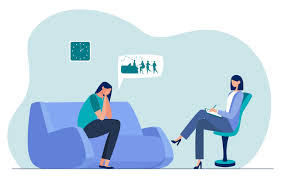Anxiety Disorders
1/36
There's no tags or description
Looks like no tags are added yet.
Name | Mastery | Learn | Test | Matching | Spaced |
|---|
No study sessions yet.
37 Terms
What is GENERALIZED ANXIETY DISORDER characterized by?
a global and persistent feeling of anxiety in relation to a wide range of events or activities

What is the prevalence rate for GAD?
about 3%, with 6% of individuals experiencing it at some point in their lives
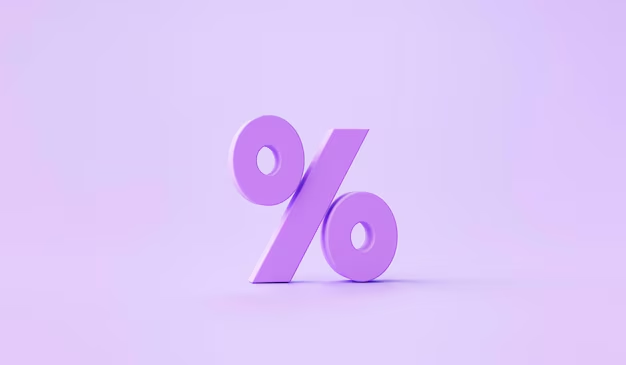
When does GAD usually present?
childhood or adolescence

Are females or males more likely to be diagnosed with GAD?
Females are twice as likely to be diagnosed

What disorders is GAD comorbid with?
other anxiety disorders and major depressive disorders
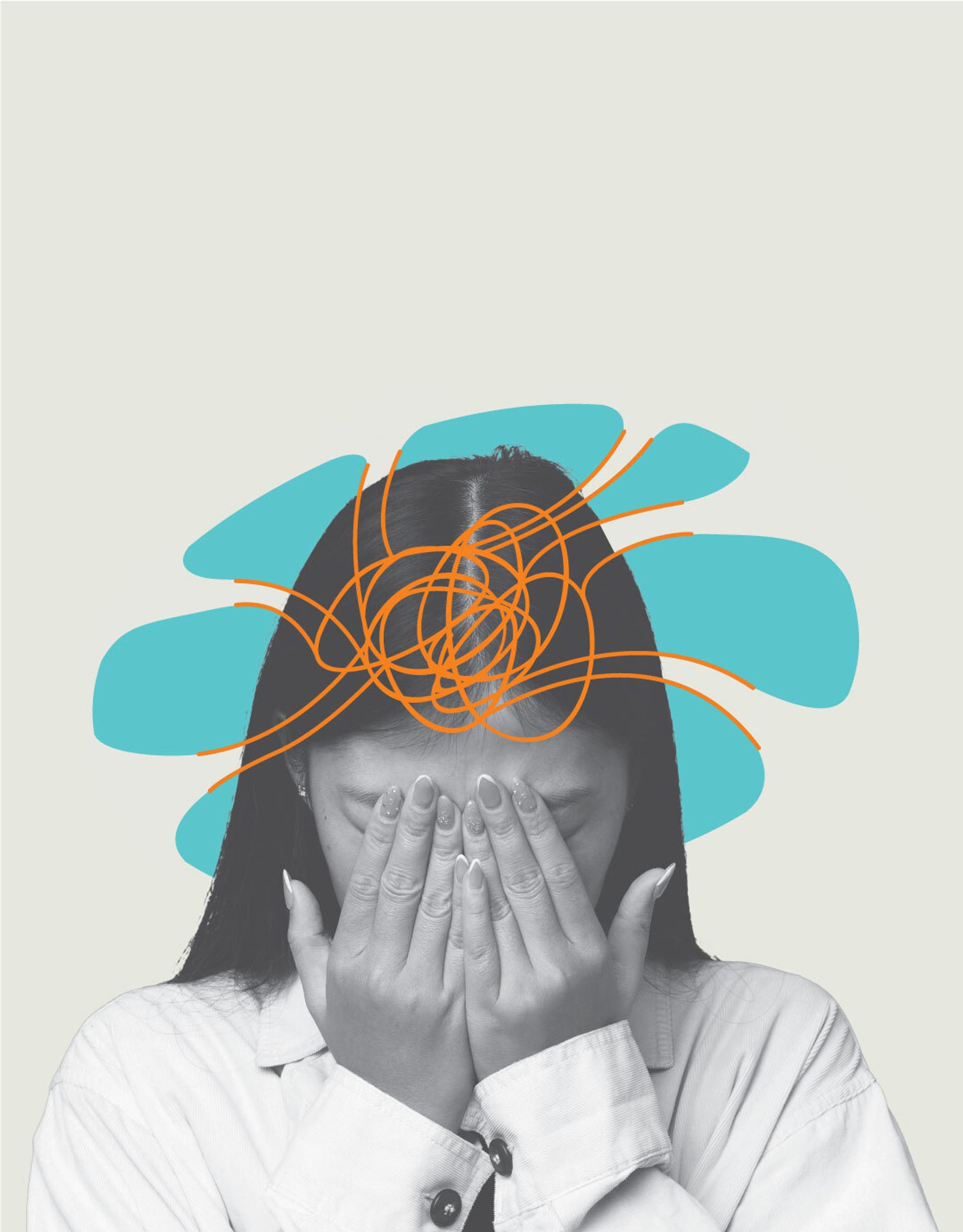
What are Psychopharmacological treatments for GAD?
SSRIs and serotonin-norepinephrine reuptake inhibitors (SNRIs)
30-50% positive response rate but do NOT help after discontinuation

What is Rational-Emotive Therapy and how can it be used to treat GAD?
Created by Albert Ellis in the 1950s
• Addresses, challenges, and replaces negative thoughts to relieve anxiety and depression

How can CBT be used to treat GAD? How effective is it?
60% of individuals report a significant reduction/elimination in anxious thoughts one year after treatment • Identifies and restructures maladaptive thinking while practicing effective strategies through exposure
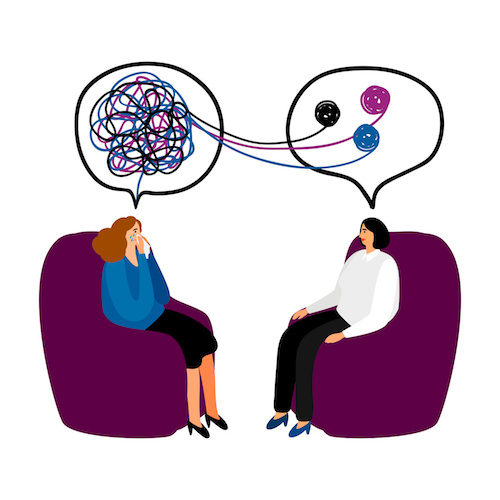
How is Biofeedback therapy used to treat GAD?
Provides a visual representation of a patient’s physiological arousal using EMG, EEG, HRV, and/or GSR
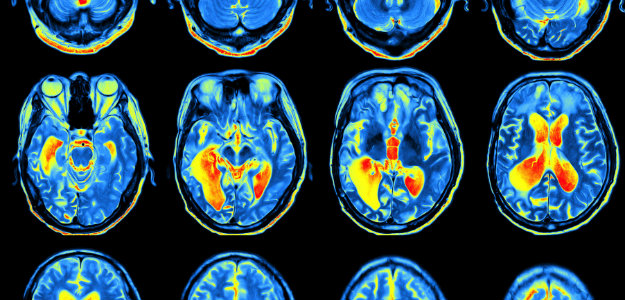
What are Specific Phobias?
When an individual experiences anxiety related to a specific object or subject
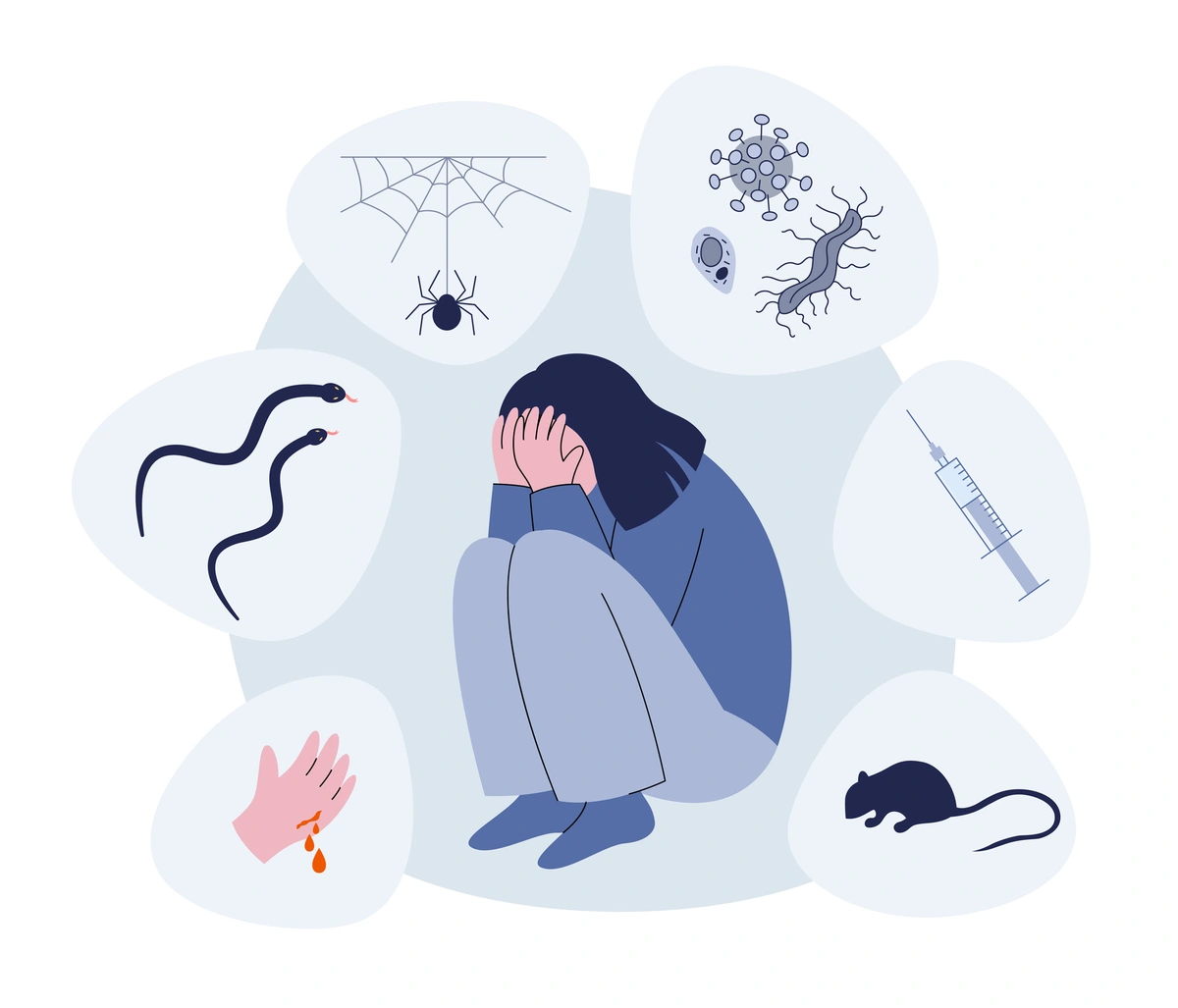
Do people with specific phobias report fear in other objects? If so how many (%)?
Nearly 75% of individuals with a specific phobia report fear in more than one object

What are the prevalence rates of specific phobias?
Prevalence rate is 7-9% in the US; among children, 5%; among teens, 16%

Are females or males more likely to be diagnosed with Specific Phobias?
Females are twice as likely to be diagnosed than males (although this can depend on the stimulus)
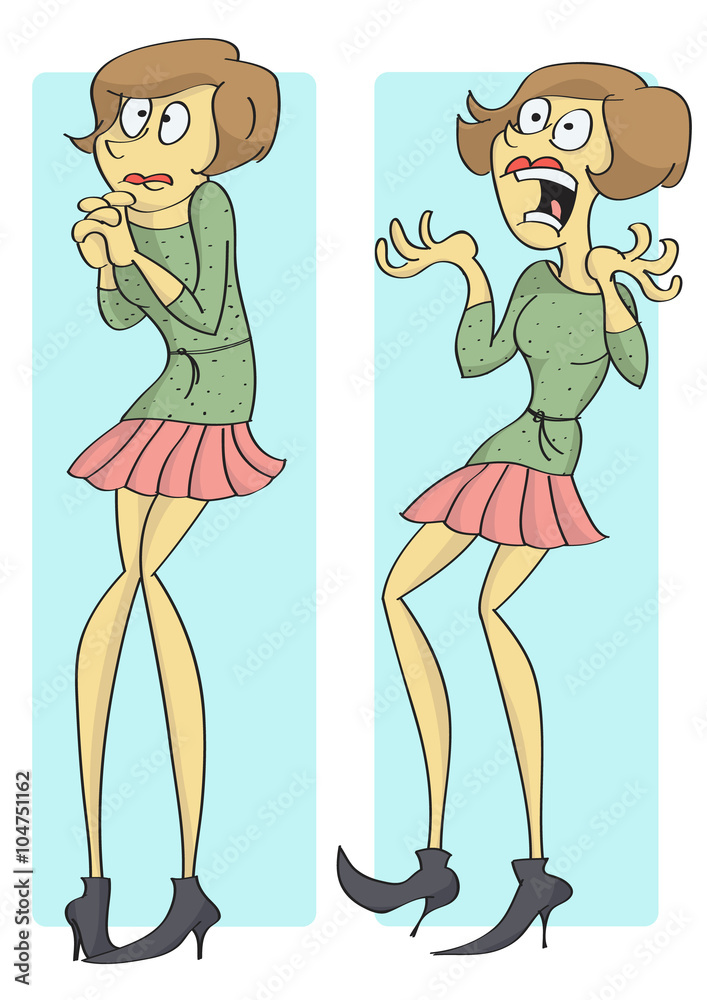
What are treatments for Specific Phobias?
Exposure
a method in which individuals are exposed to their feared stimuli in one of three ways
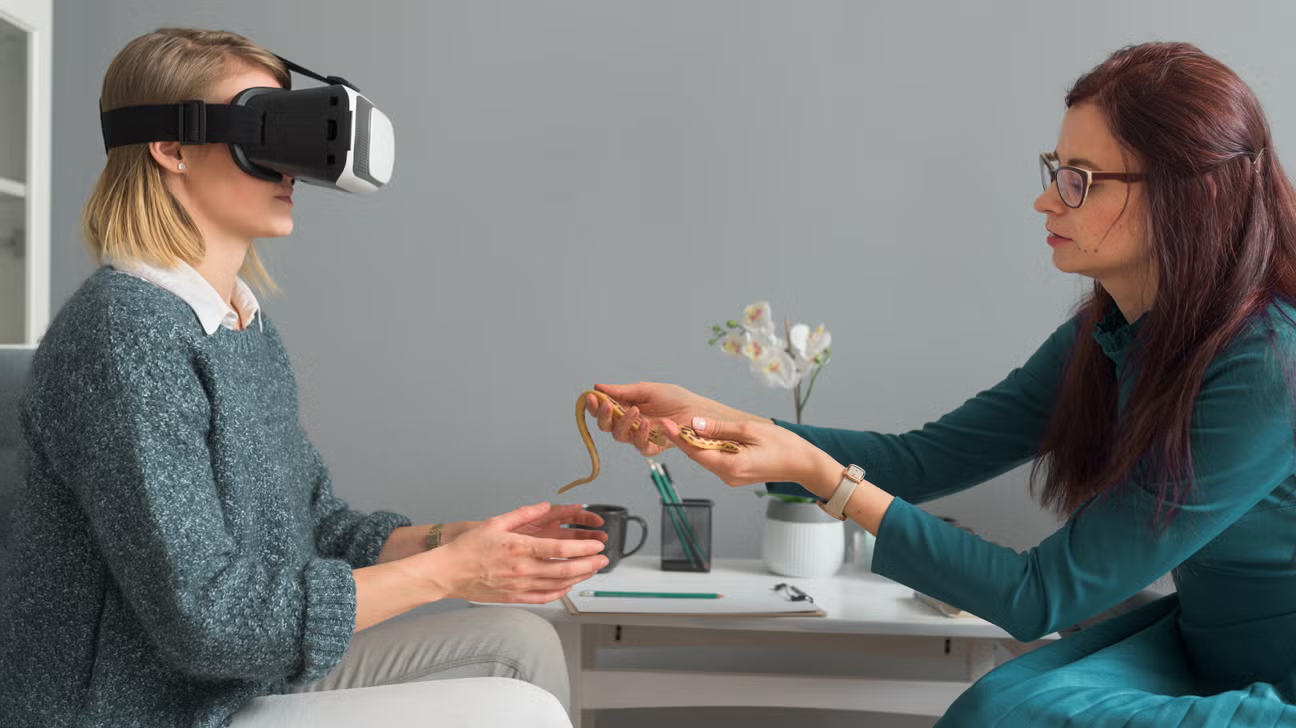
What are the three types of Exposure therapy?
Systematic desensitization – utilizes relaxation strategies to help calm the individual as they are presented with the fearful object; based on a patient’s fear hierarchy
Flooding – repeatedly exposes the patient to their most feared object/subject; patients are at a greater risk of dropping out of treatment
Modelling – the clinician approaches the feared object/subject while the patient observes, and then the patient tries to do the same
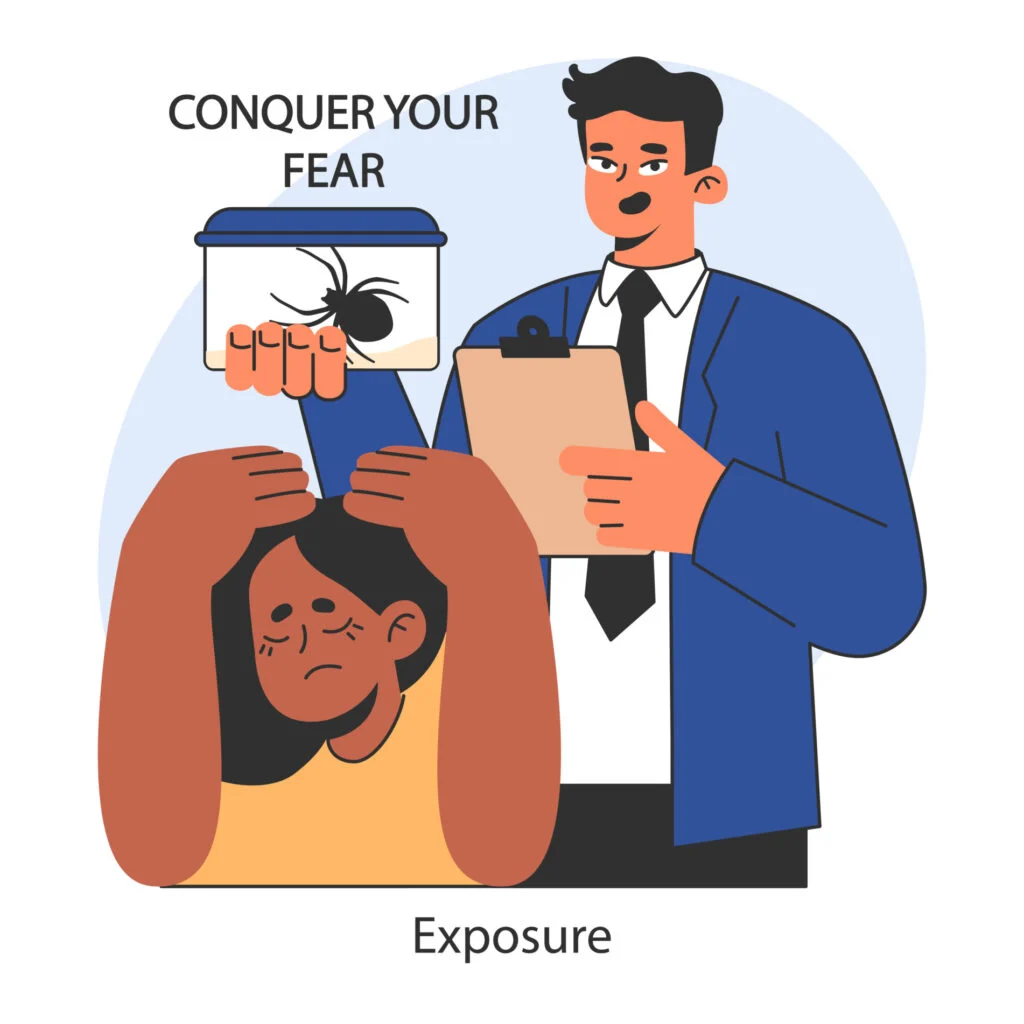
What are the two ways exposure therapy can be conducted? Which is more effective?
in-person (in vivo) or imagined (imaginal).
Imaginal exposure is less effective.

What is Panic Disorder Characterized by?
recurrent, unexpected panic attacks consisting of physical and cognitive symptoms coupled with the fear of future panic attacks

What can Panic Disorder develop into?
agoraphobia
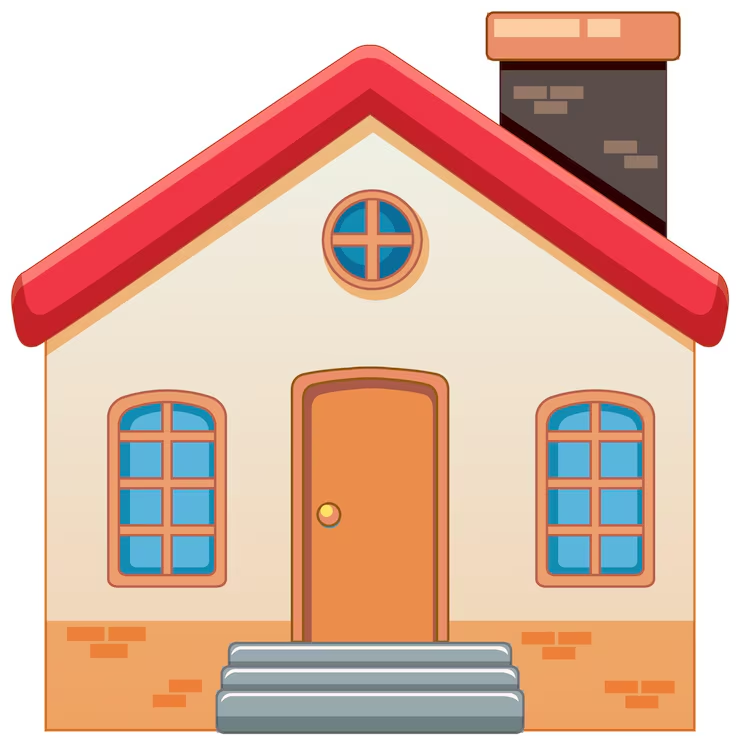
What are the prevalence rates for Panic Disorder?
2-3%; higher rates found in American Indians and non-Latino whites

Are females or males more likely to be diagnosed with Panic Disorder?
Females are twice as likely to be diagnosed
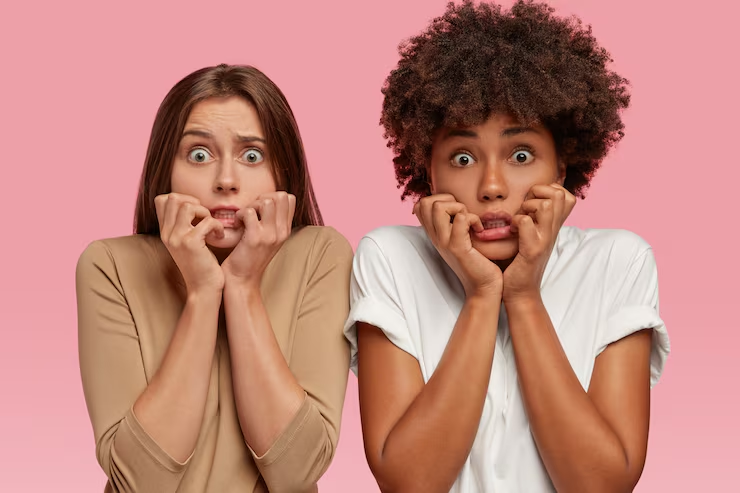
When does Panic Disorder develop?
at least age 14
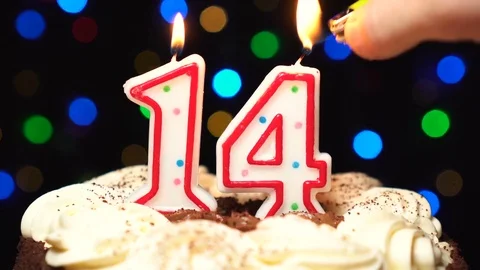
What is panic disorder comorbid with?
depressive symptoms
High comorbidity with other medical symptoms (e.g., dizziness, cardia arrhythmias, asthma, IBS, hyperthyroidism)
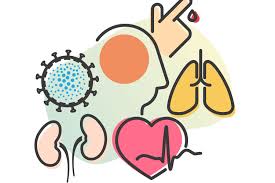
What are the treatments for Panic Disorder?
CBT – most effective with almost 80% of patients in complete remission Psychoeducation
Self-monitoring
Relaxation training
Progressive muscle relaxation (PMR)
Cognitive restructuring – practicing how to recognize cognitive errors; part of CBT
Exposure – includes interoceptive exposure where an individual induces panic specific symptoms
Pharmacological interventions – medicine actually limits the effectiveness of CBT
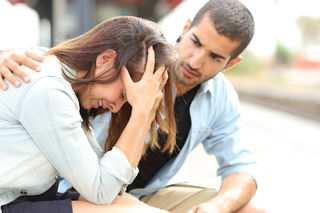
What is Agoraphobia characterized by?
When an individual experiences fear specific to leaving their home and traveling to public places

Where must an individual present with fear to be diagnosed with Agoraphobia?
(1) public transportation;
(2) large, open spaces;
(3) enclosed spaces;
(4) large crowds;
(5) being outside the home in general
(at least 2 of three)

What behaviors does Agoraphobia cause?
Avoidance Behaviors
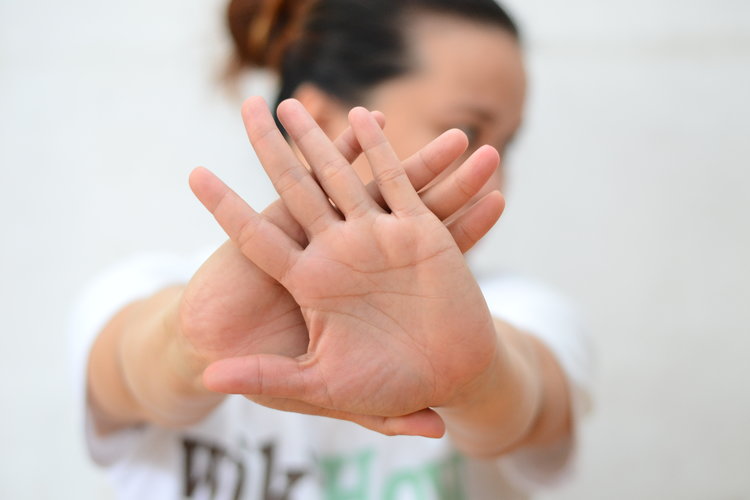
What are the prevalence rates for Agoraphobia?
Prevalence is 1.7% with females being twice as likely to be diagnosed

When does agoraphobia usually develop?
late adolescence/early adulthood; usually tapers off in late adulthood

What is Agoraphobia comorbid with?
other anxiety disorders, depressive disorders, and substance use disorders • High comorbidity with PTSD
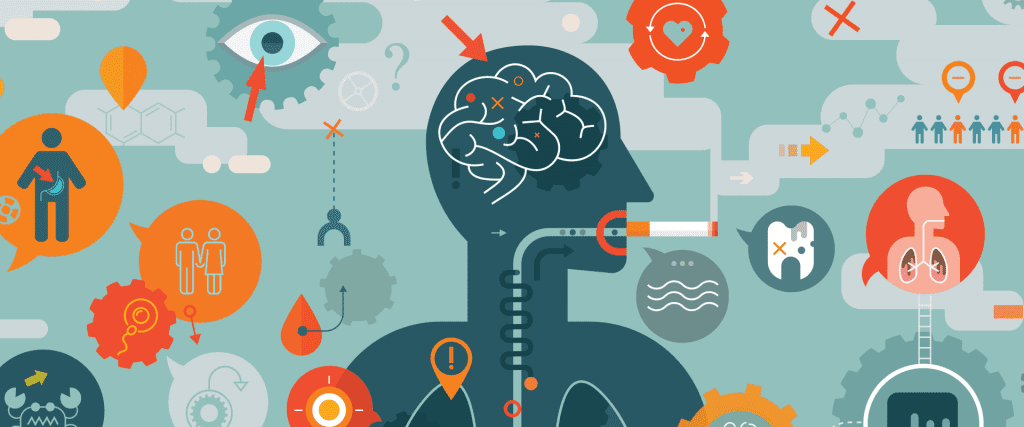
What are the most effective treatments for agoraphobia?
Exposure techniques are most effective, although they are less effective in providing complete relief (possibly because agoraphobia tends to be comorbid with panic disorder)

What treatments are most effective when Agoraphobia is present with Panic Disorder?
a combination of CBT and exposure is effective

What treatments are most effective when Agoraphobia NOT present with Panic Disorder?
Individuals benefit from group therapy paired with individual therapy (60-80% improvement rate)
But there is a high relapse rate, so patients should attend long-term therapy or booster sessions
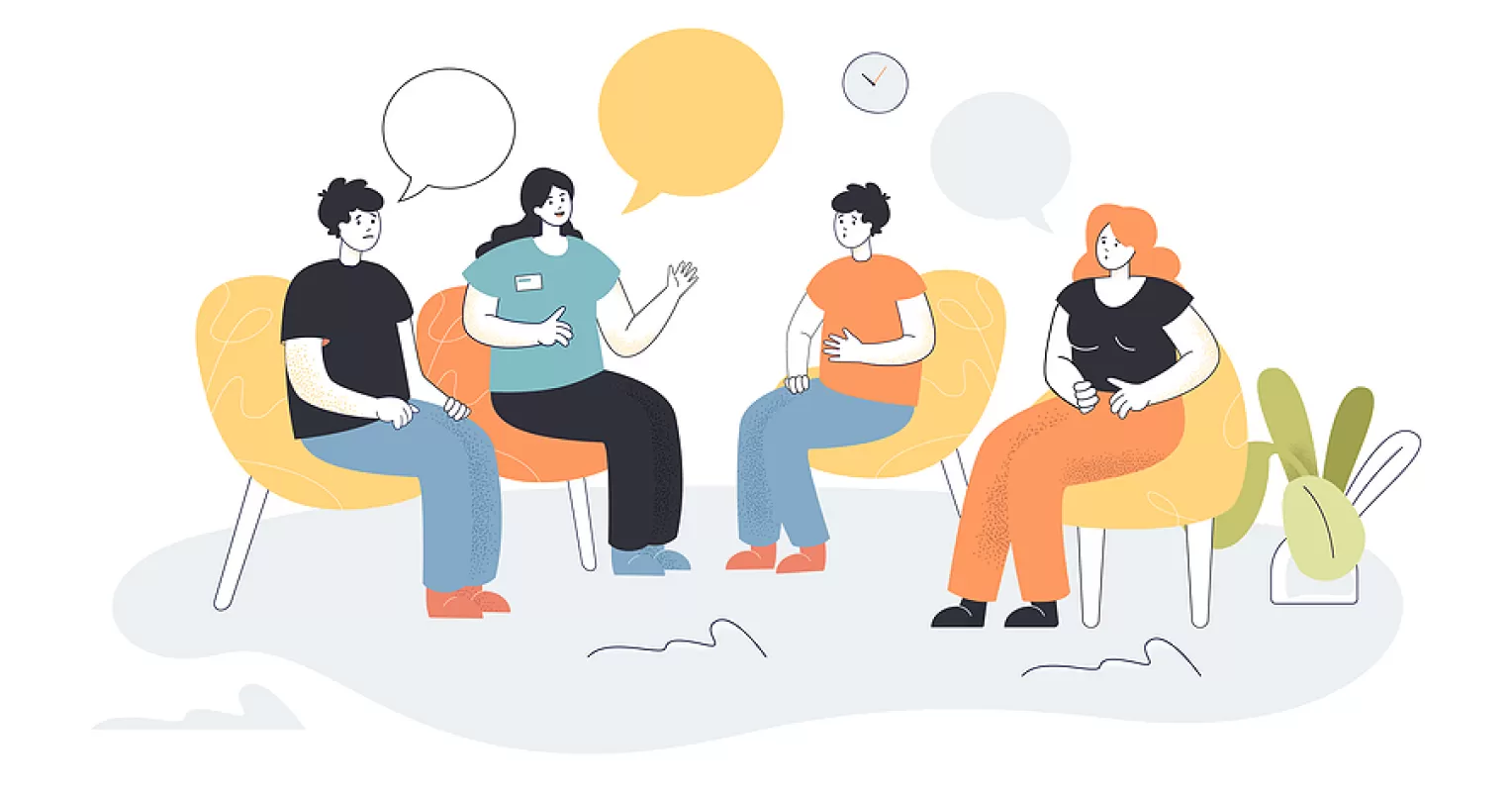
What is Social Anxiety Disorder characterized by?
When an individual experiences out-of-proportion levels of anxiety related to social or performance situations, where there is a possibility that they will be evaluated negatively

What country has the highest prevalence rates of Social Anxiety Disorder?
USA

Are females or males more likely to be diagnosed with Social Anxiety?
Females are more likely to be diagnosed
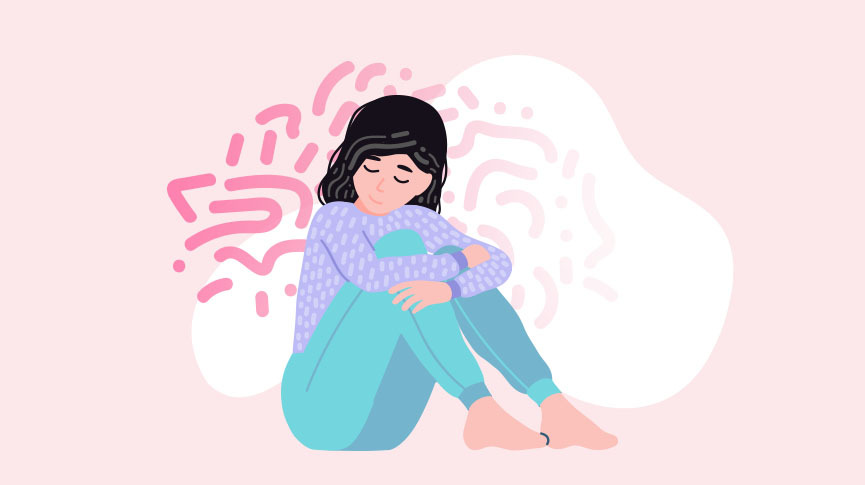
What is Social Anxiety Comorbid with?
other anxiety disorders, major depressive disorder, and substance use disorders
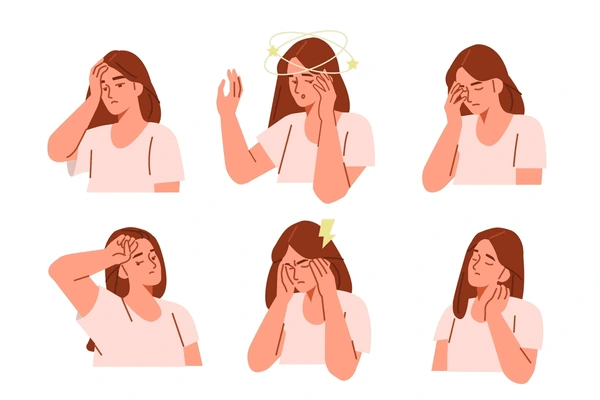
What are the treatments for Social Anxiety Disorder?
EXPOSURE
SOCIAL SKILLS TRAINING (E.G., MODELLING, CORRECTIVE FEEDBACK, POSITIVE REINFORCEMENT)
COGNITIVE RESTRUCTURING
